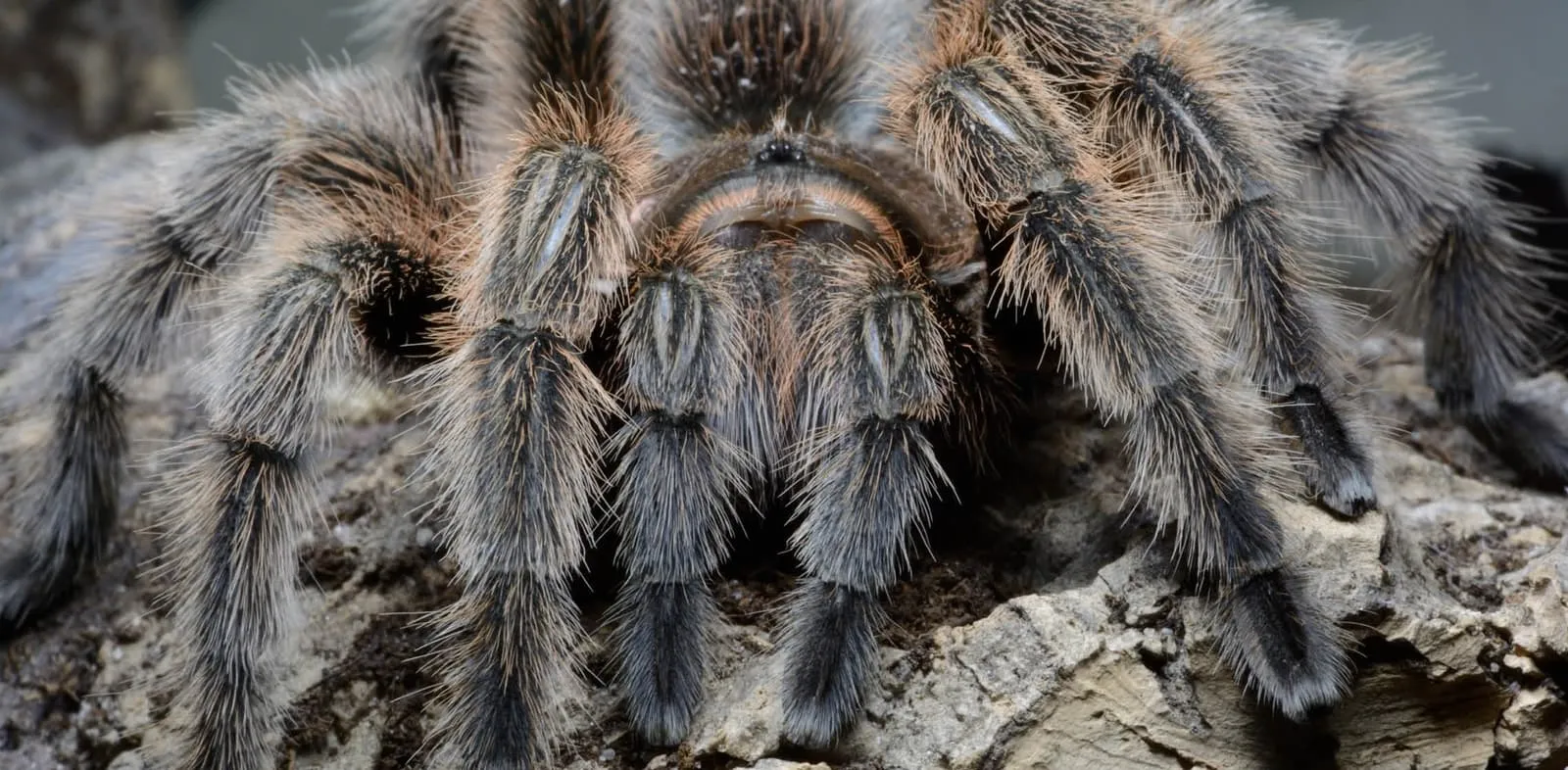Understanding Chilean Rose Tarantulas and Their Defense
The Chilean Rose Tarantula (Grammostola rosea) is a fascinating creature, not only for its striking appearance but also for its intricate defense mechanisms. Native to the arid and semi-arid regions of Chile, Bolivia, and Argentina, this tarantula has evolved various strategies to survive against predators in its natural habitat. Understanding these defenses is crucial to appreciating the tarantula’s resilience and adaptability. Unlike some other tarantula species, the Chilean Rose is known for its relatively docile temperament, but that doesn’t mean it lacks ways to protect itself. Its defense tactics are a combination of proactive behaviors and reactive responses, all aimed at ensuring its survival in a challenging environment. This blog post will explore the different defense mechanisms employed by the Chilean Rose Tarantula, providing insights into how this amazing arachnid thrives.
The Role of Habitat in Defense
The Chilean Rose Tarantula’s habitat plays a vital role in its defensive strategy. These tarantulas typically inhabit burrows in the ground, under rocks, or within the shelter of sparse vegetation. This choice of habitat provides several advantages. The burrows offer a secure refuge from predators like birds, snakes, and other larger animals. They also help regulate the tarantula’s body temperature and moisture levels, which are essential for survival in arid environments. The tarantula’s ability to quickly retreat into its burrow is a primary defense mechanism, allowing it to avoid potential threats. Furthermore, the choice of location, often in areas with limited visibility, gives the tarantula an advantage by making it harder for predators to spot and access. The surrounding environment also contributes to the tarantula’s defense through camouflage, as its coloration often blends seamlessly with the ground and surrounding vegetation.
Burrowing and Camouflage
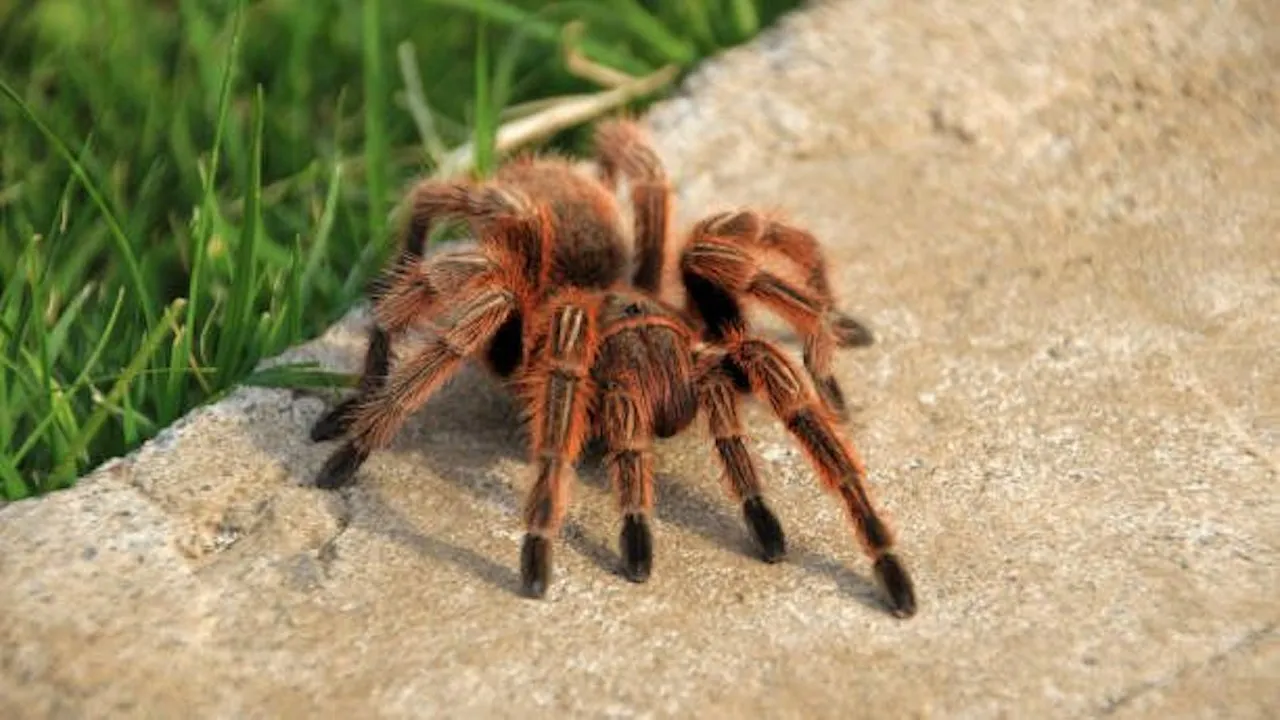
Burrowing and camouflage are integral components of the Chilean Rose Tarantula’s defense system. These tarantulas spend a significant amount of time in their burrows, which they construct by digging into the earth or utilizing existing crevices. These burrows provide a safe haven from predators and environmental extremes. The depth and structure of the burrow can vary depending on the tarantula’s age and the surrounding terrain, with some burrows extending several inches below the surface. In addition to burrowing, camouflage helps the tarantula remain unseen by potential predators. Their coloration, typically a blend of brown, tan, and pink hues, allows them to blend seamlessly with the soil and rocks of their environment. This camouflage makes it difficult for predators to spot them, giving the tarantula a crucial advantage in avoiding detection and attack. When threatened, the tarantula can retreat into its burrow, further enhancing its protection.
Defensive Hairs Urticating Setae
One of the most effective and unique defense mechanisms of the Chilean Rose Tarantula is its use of urticating setae. These are specialized hairs located on the tarantula’s abdomen. When threatened, the tarantula flicks these hairs towards the perceived threat. These hairs are barbed and can cause severe irritation upon contact with skin or mucous membranes. The presence of these urticating hairs serves as a significant deterrent to predators, as the irritation can be quite painful and distracting. The use of urticating setae is a common defense strategy among many New World tarantula species, but it is especially notable in the Chilean Rose Tarantula. The effectiveness of this defense mechanism relies on the physical properties of the hairs, as well as the tarantula’s ability to accurately target and release them.
How Urticating Setae Work
Urticating setae are a formidable defense tool, designed to cause irritation and discomfort to any potential threat. These tiny hairs are barbed, meaning they have microscopic hooks that allow them to embed themselves in the skin or eyes of a predator. The physical structure of the setae is key to their effectiveness. Upon contact, the barbs latch onto the surface, causing a stinging sensation and significant irritation. This irritation is not just a result of the physical presence of the hairs; it can also be due to the chemical composition of the setae. In addition to the physical irritation, some urticating hairs may also contain toxins that further enhance their defensive capabilities. The combination of physical barbs and potential chemical irritants makes these setae a highly effective deterrent, forcing predators to retreat and allowing the tarantula to escape. It is important for those handling tarantulas or in proximity to them to be aware of this defense mechanism.
Targeting and Release of Hairs
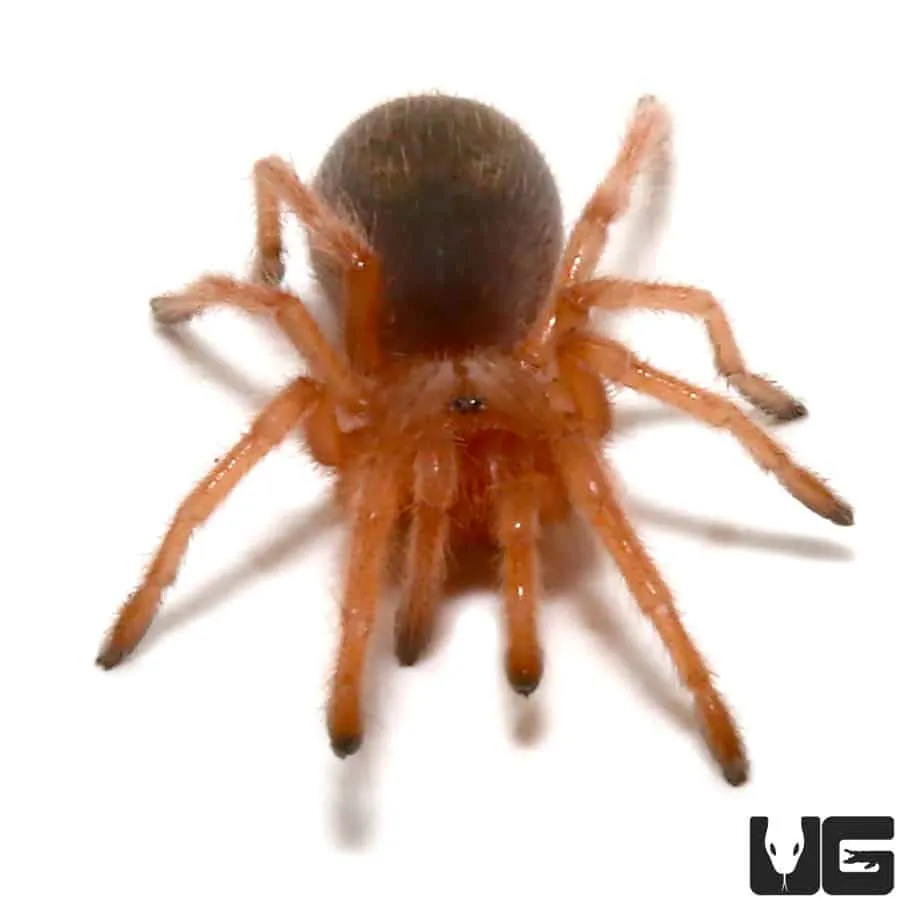
The Chilean Rose Tarantula has developed a sophisticated technique for targeting and releasing its urticating setae. The tarantula’s primary method of deploying these hairs is through a quick flick of its hind legs, usually targeting the area where it perceives the threat. This action is remarkably precise, allowing the tarantula to direct the hairs towards a potential predator’s face or any exposed skin. The tarantula uses its hind legs to brush against its abdomen, dislodging the setae and propelling them towards the target. The hairs are often released in a cloud-like pattern, increasing the likelihood of contact with the predator. This targeted release mechanism is crucial for the defense to be effective, as it maximizes the chance of causing irritation and deterring the threat. The tarantula’s ability to control the direction and intensity of this release adds a significant layer to its defensive strategy.
Biting as a Last Resort
While urticating setae are the primary defensive mechanism, the Chilean Rose Tarantula is also capable of biting, though it resorts to this only as a last resort. A bite is typically delivered when the tarantula feels cornered, directly threatened, or when its other defenses have failed. The tarantula’s fangs are large and sharp, capable of delivering a painful bite. However, unlike some other tarantula species, the Chilean Rose Tarantula’s venom is not considered particularly potent to humans. A bite from a Chilean Rose Tarantula can cause local pain, redness, and swelling, similar to a bee sting. Rarely, individuals may experience more severe reactions, especially if they are allergic to the venom. The tarantula’s bite is therefore a secondary defense strategy, employed when the situation necessitates direct confrontation. This is because biting carries significant risks for the tarantula itself, including the potential for injury and exposure to pathogens, which can be fatal.
Venom and its Effects
The venom of the Chilean Rose Tarantula, though not highly toxic to humans, plays a role in its overall defense. The primary function of the venom is to subdue prey, but it also serves as a defensive agent against potential threats. The venom is injected through the tarantula’s fangs and contains a complex mixture of proteins and enzymes. The effects of the venom can vary depending on the size and sensitivity of the target. For humans, a bite typically results in localized pain, swelling, and redness. Some individuals may experience itching, muscle cramps, or nausea. The venom’s effects are usually short-lived, resolving within a few hours or days. While the venom is not life-threatening to healthy adults, it can be more dangerous for vulnerable individuals, such as those with allergies or weakened immune systems. The venom is thus an important element in the tarantula’s multi-layered defense strategy, primarily assisting in prey capture and providing a secondary defense against potential predators.
Other Defense Mechanisms
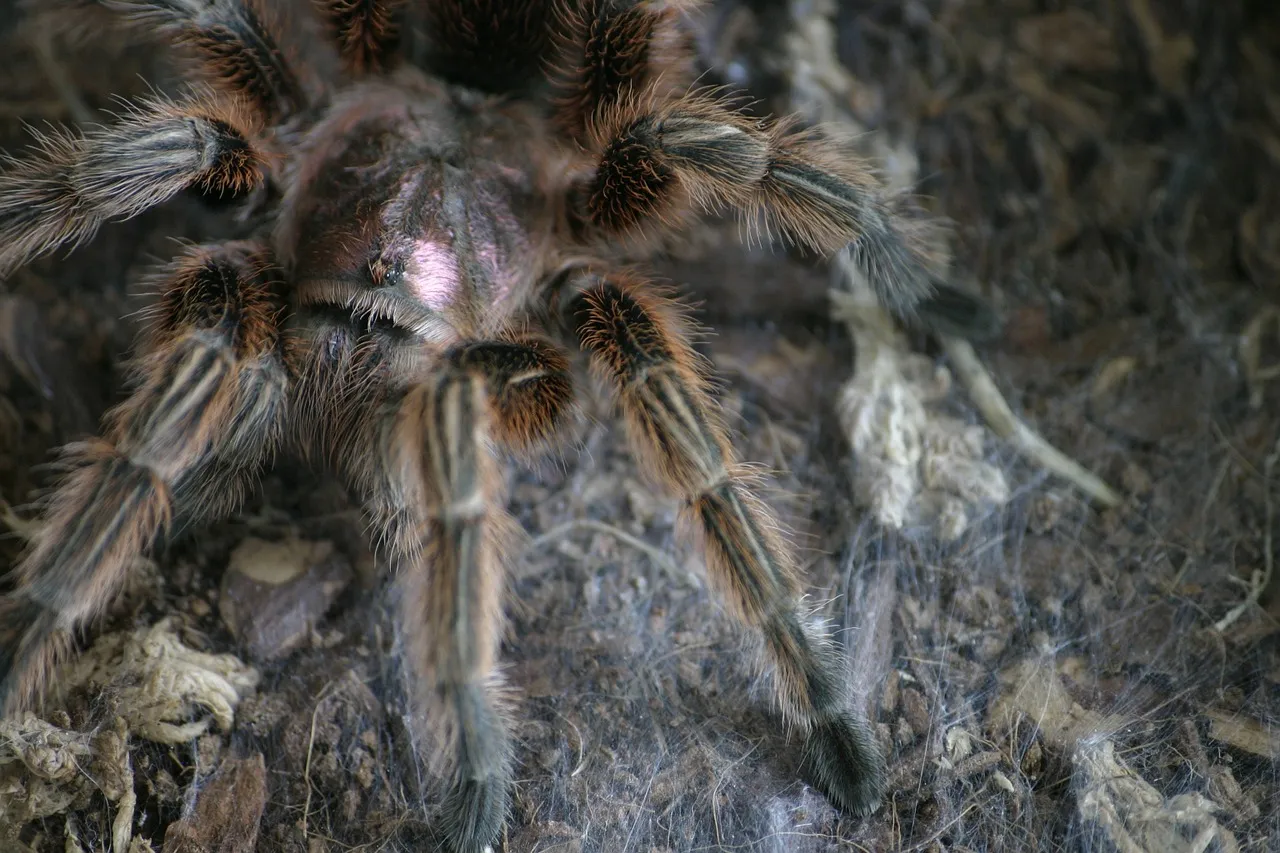
Beyond the primary defense mechanisms, the Chilean Rose Tarantula employs several other strategies to protect itself. One such strategy is its relatively docile temperament. While all tarantulas can be defensive, the Chilean Rose is known for its more laid-back behavior, making it less likely to attack unless provoked. The tarantula also utilizes warning displays, such as raising its front legs or displaying its fangs, to signal a potential threat to back off. This visual warning can often deter predators before a more aggressive defense is needed. Furthermore, the tarantula’s ability to autotomize, or shed a leg if necessary, can be used as a distraction, allowing it to escape from a predator’s grasp. The tarantula can regenerate the lost limb over several molts. These supplementary defense strategies contribute to the overall survival of the Chilean Rose Tarantula, ensuring it has multiple layers of protection against various threats.
Fleeing Behavior
Fleeing is a key component of the Chilean Rose Tarantula’s defense arsenal, often serving as the first line of protection. When faced with a perceived threat, the tarantula will often attempt to escape by quickly moving away. This flight response is particularly evident when the tarantula feels cornered or encounters a threat it deems too risky to confront directly. The tarantula’s ability to move swiftly, coupled with its agility, helps it to evade potential predators. Its primary goal is to reach a safe haven, such as its burrow or a sheltered location. This strategy is highly effective against many predators, especially those that rely on quick attacks or surprise. The tarantula’s behavior also demonstrates its understanding of risk assessment; it will choose to flee rather than engage in a confrontation when it assesses that the odds are not in its favor. This fleeing behavior is an instinctive survival mechanism that contributes significantly to the tarantula’s overall defense strategy.
Stridulation Sound Production
Stridulation, the act of producing sound by rubbing body parts together, is another defense mechanism employed by the Chilean Rose Tarantula, though it is less common than other defensive tactics. The tarantula creates sound by rubbing specialized structures on its legs or palps against its body. The sound produced is typically a hissing or rasping noise, designed to startle or warn potential predators. This auditory warning can often deter predators, signaling that the tarantula is ready to defend itself. While stridulation is not as prominent as the use of urticating setae or fleeing behavior, it adds another layer of defense, especially when the tarantula cannot escape or when other defenses have been employed. Stridulation is a versatile tool in the tarantula’s arsenal, helping to ward off threats in various situations and enhance its overall chances of survival.
The Importance of Defensive Strategies
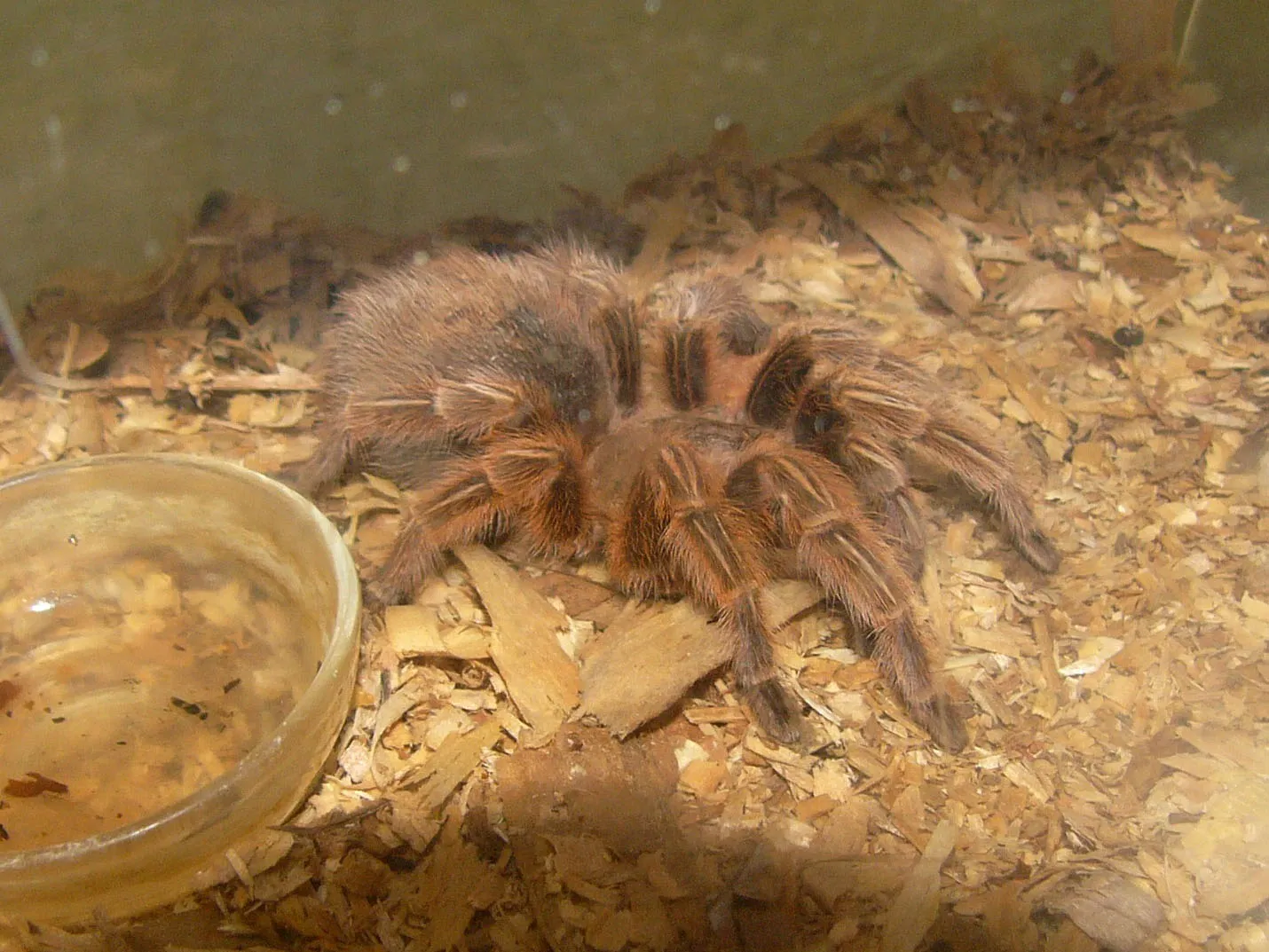
The diverse and complex defense mechanisms of the Chilean Rose Tarantula are critical for its survival in the wild. From the use of urticating setae and the strategy of fleeing to the deployment of venom and the construction of secure burrows, each defensive tactic contributes to the tarantula’s ability to avoid predators and thrive in its environment. Understanding these defenses provides insight into the tarantula’s behavior, ecology, and evolutionary adaptations. The integrated approach to defense, employing both passive and active strategies, ensures that the Chilean Rose Tarantula is well-equipped to survive the challenges of its habitat. By studying these defenses, we gain a deeper appreciation for the remarkable resilience and adaptability of this fascinating species, while also increasing our understanding of the intricate relationships between animals and their environments.
